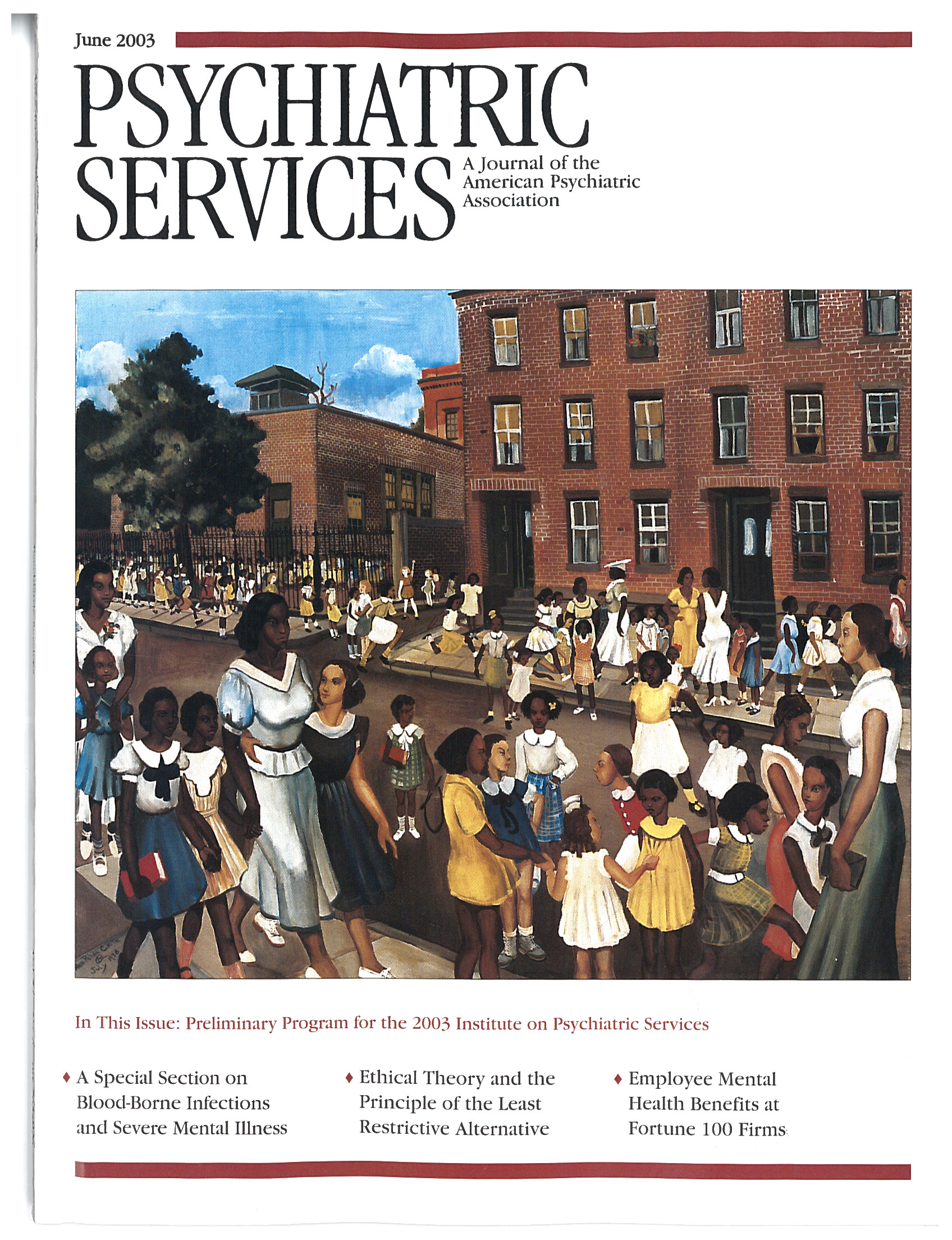Cost-Effectiveness of Critical Time Intervention to Reduce Homelessness Among Persons With Mental Illness
Abstract
OBJECTIVES: Cost-effective programs are needed to assist homeless persons with severe mental illness in their transition from shelters to community living. The authors investigated the cost-effectiveness of the critical time intervention program, a time-limited adaptation of intensive case management, which has been shown to significantly reduce recurrent homelessness among men with severe mental illness. METHODS: Ninety-six study participants recruited from a psychiatric program in a men's public shelter from 1991 to 1993 were randomly assigned to the critical time intervention program or to usual services. Costs and housing outcomes for the two groups were examined over 18 months. RESULTS: Over the study period, the critical time intervention group and the usual services group incurred mean costs of $52,374 and $51,649, respectively, for acute care services, outpatient services, housing and shelter services, criminal justice services, and transfer income. During the same period, the critical time intervention group experienced significantly fewer homeless nights than the usual care group (32 nights versus 90 nights). For each willingness-to-pay value—the additional price society is willing to spend for an additional nonhomeless night—greater than $152, the critical time intervention group exhibited a significantly greater net housing stability benefit, indicating cost-effectiveness, compared with usual care. CONCLUSIONS: Although difficult to conduct, studies of the cost-effectiveness of community mental health programs can yield rich information for policy makers and program planners. The critical time intervention program is not only an effective method to reduce recurrent homelessness among persons with severe mental illness but also represents a cost-effective alternative to the status quo.



